It’s astonishing to see how far technology has come and how much further it still has to go. One prime example is AI image translators as translating images no longer remains a complex or technical task. Among the available translators, Google Translate remains the most widely used thanks to its reliability and simplicity. Still, tools like Yandex, AnyDoc, and OpenL are gaining ground with powerful features of their own. In this guide, I’ll show you how to translate photo with Google Translate, discuss its pros and cons, and compare it with other alternatives.
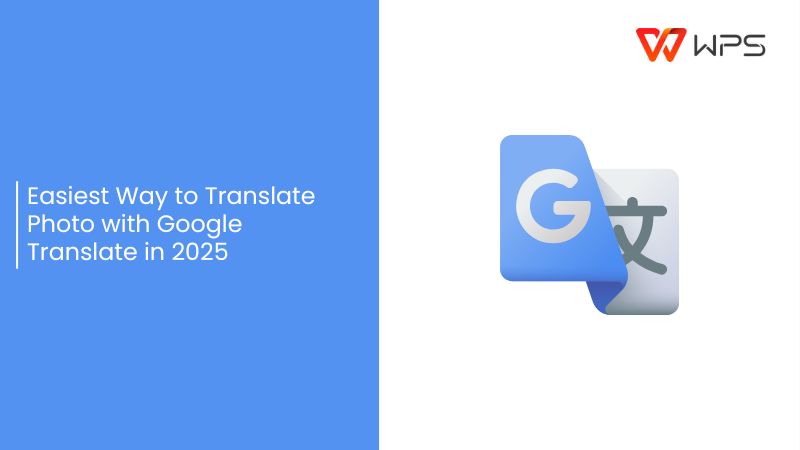
Why Use Google Translate for Image Translation?
People think Google Translate is just a text translation app but it’s more than that. Over the years, it has grown into a robust solution for real-time language conversion, and its image translation feature is one of the most practical tools available. The biggest advantage is how quickly it takes you from uploading a picture to seeing results. There’s no long setup or complicated process as the translation appears within seconds. So if there’s someone who’s handling mixed content like study notes, or travel signs, that kind of immediacy makes all the difference.
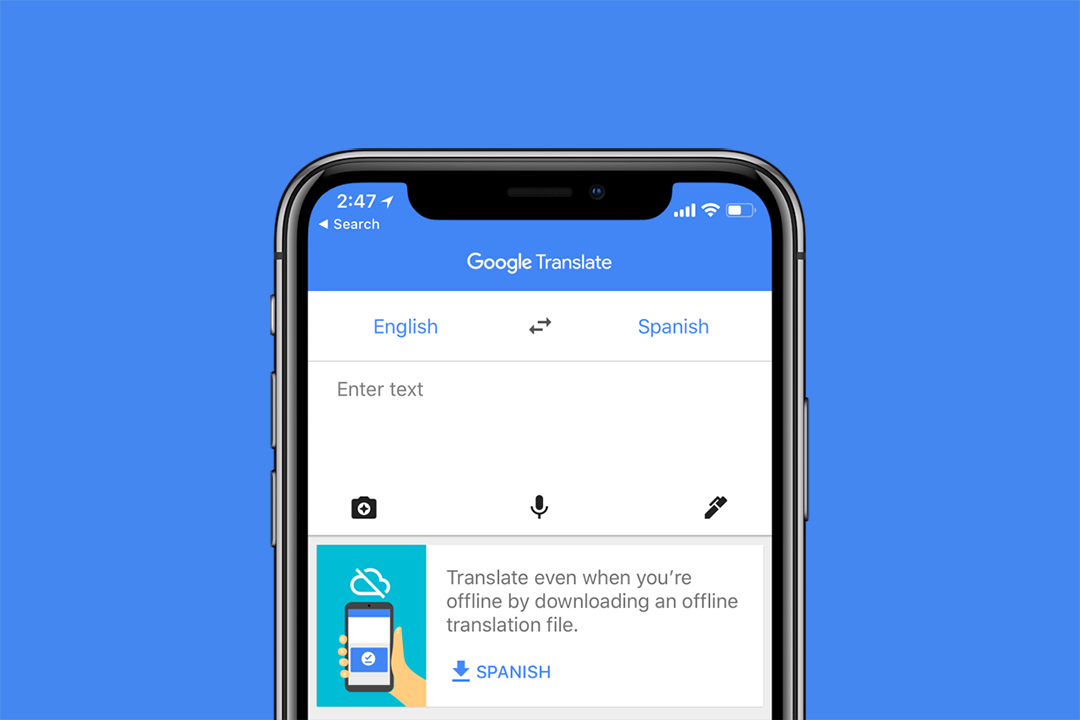
Features
Camera and gallery support: Translate live through your phone’s camera or upload saved pictures.
100+ languages supported: From Spanish to Japanese, it covers nearly every major language.
Offline mode: Download language packs so you can translate images without internet access.
Text-to-speech output: Listen to translations read aloud, which is especially useful for practicing pronunciation.
Now that you’ve seen the main features, let’s get into the actual process. Learning to translate photo with Google Translate is simple, and once you try it a couple of times, it becomes second nature.
Step 1: Go to Google Translate and switch to the “Images” option. This puts you in the right mode for picture-based translation.
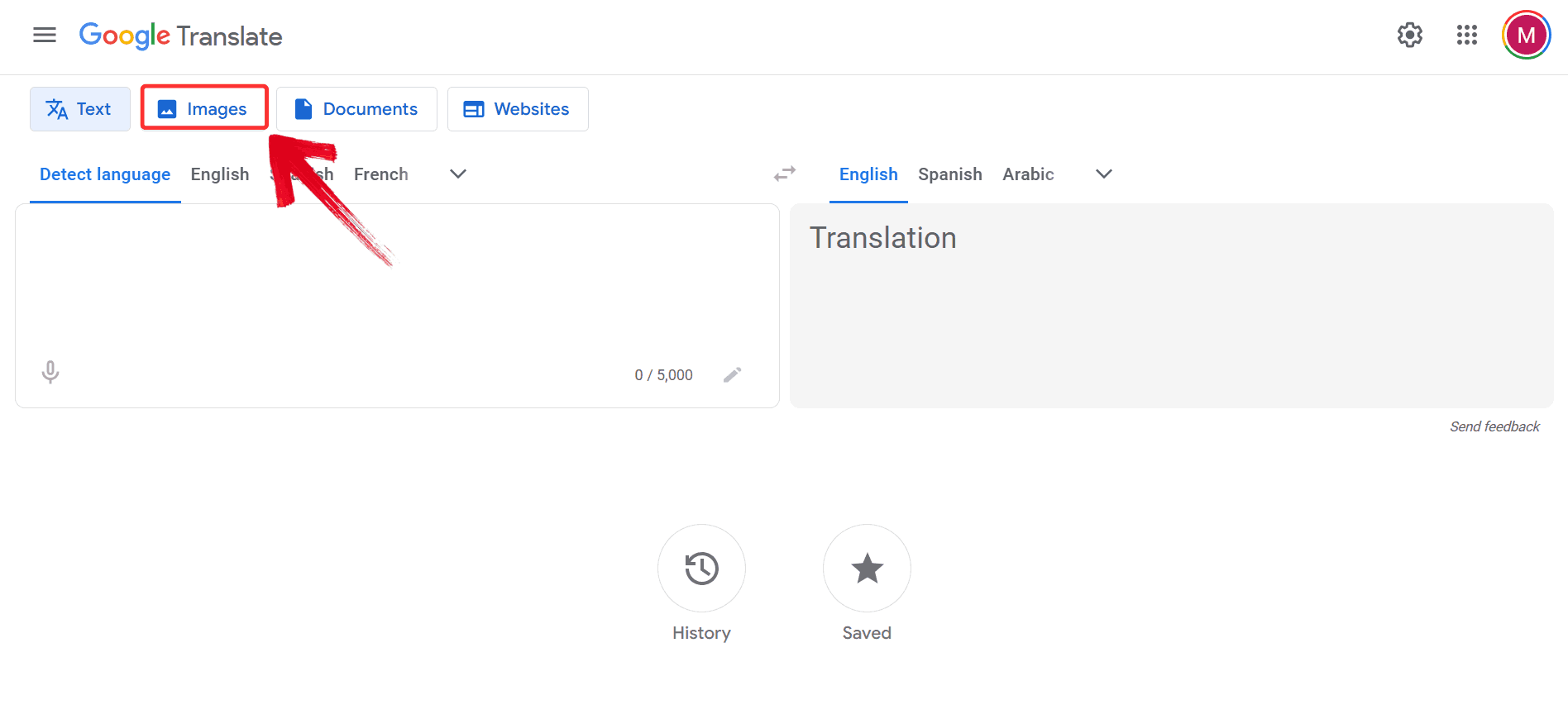
Step 2: Select the language you want to translate into, then click “Browse your files” to upload the image.
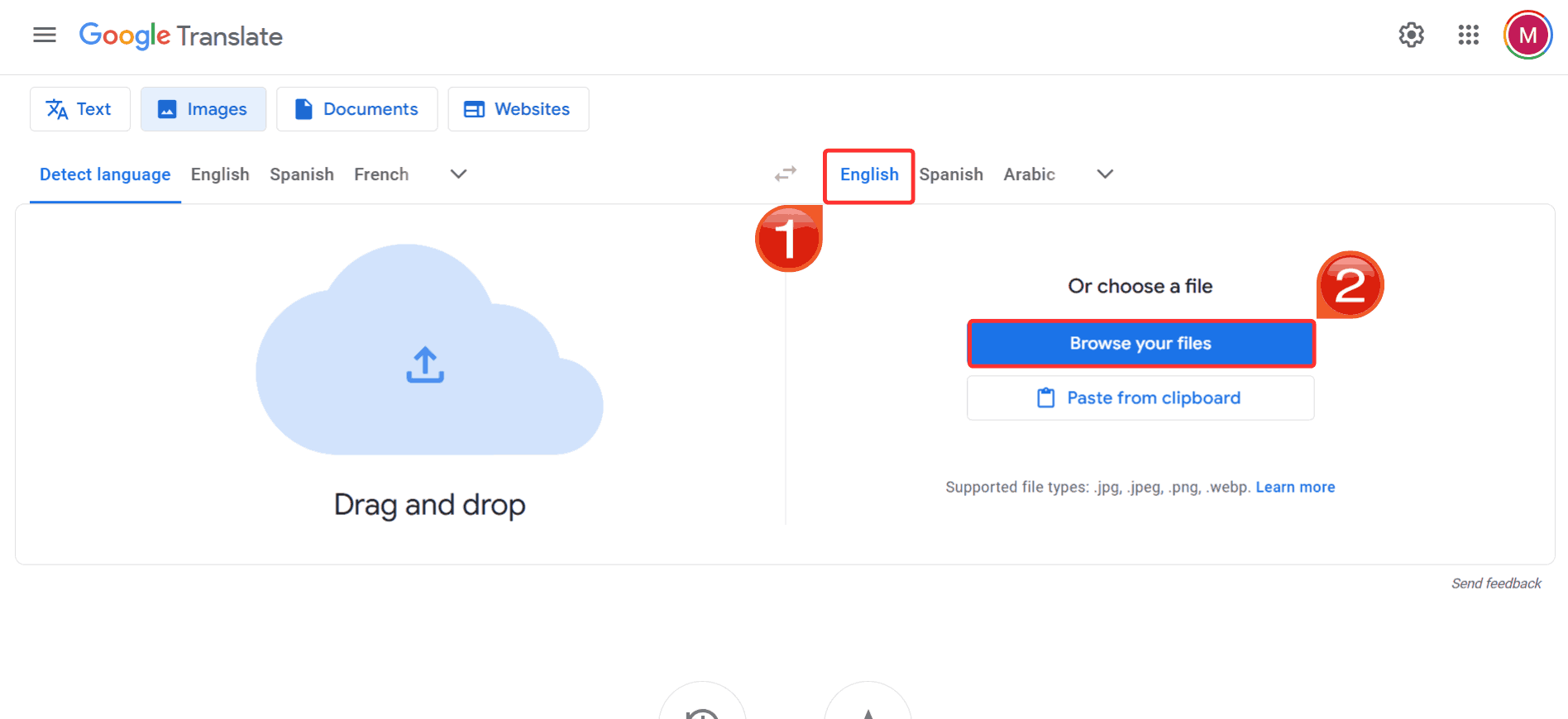
Step 3: Once the text is processed, click on“Download translation” to save the translated version of your image.
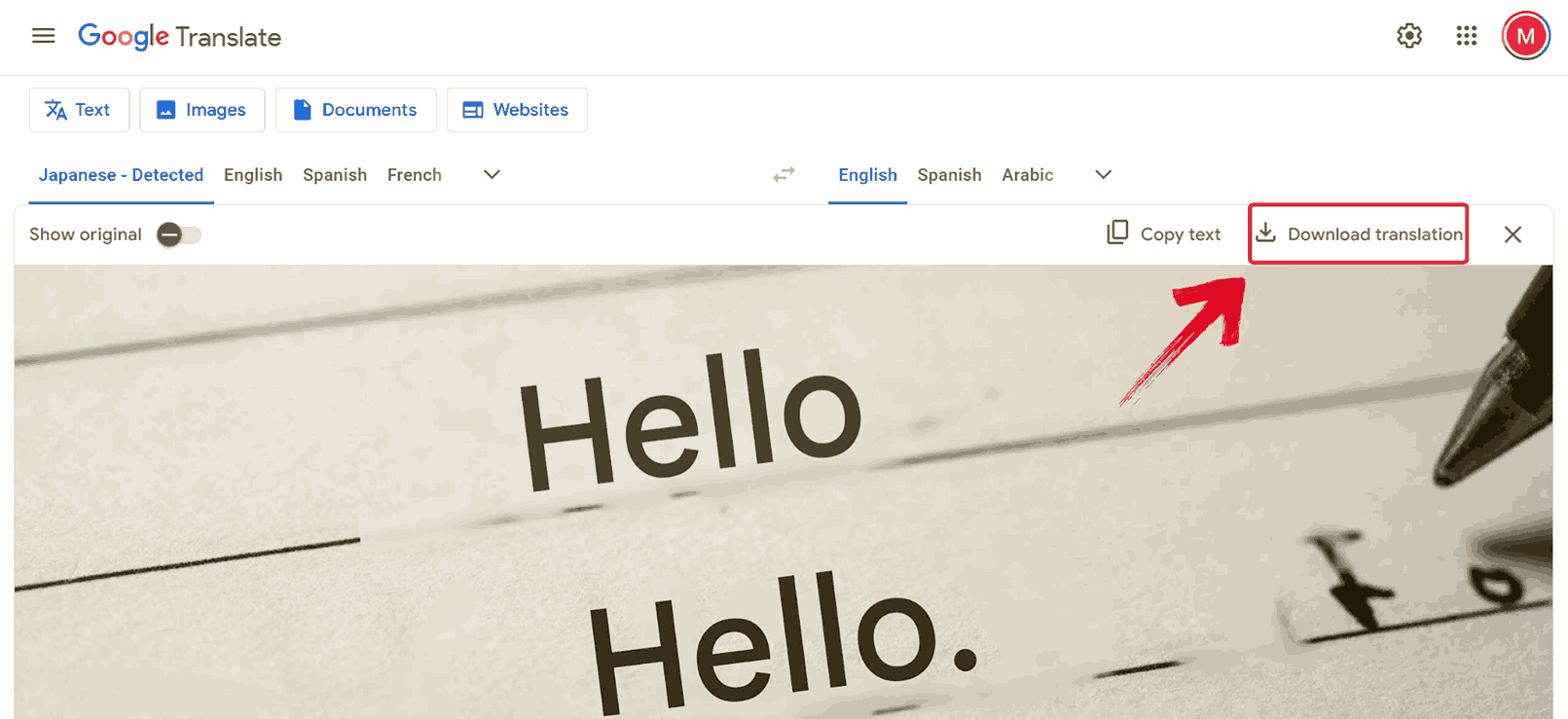
Pros
Free to use with no hidden costs.
Reliable OCR that extracts text accurately.
Integrated across platforms: Android, iOS, and desktop.
Cons
Formatting sometimes gets lost when translating complex documents.
Accuracy may vary for lesser-known languages.
Internet dependency for advanced features like instant camera translation.
Comparing Different Image Translation Tools: Google Translate vs. Others
While Google Translate is the most popular option, other tools like AnyDoc Translator, Yandex, and OpenL are also worth considering. Each has unique features that may suit your needs better depending on the situation. Exploring these alternatives is the best way to strike the right balance between speed, accuracy, and usability for different types of content.
AnyDoc Translator
AnyDoc Translator is an underrated but highly effective tool when you need both speed and precision. When you’re dealing with images that contain more than just simple text, it should be your go-to choice. Unlike tools that only extract plain words, it manages full documents, keeping the structure and layout intact.
AnyDoc’s OCR technology is sharp enough to read printed content in multiple languages without much error. What I like most is that the translations don’t feel robotic as they read in a way that actually makes sense in context, while also letting you directly copy the translated text from the images for quick use.
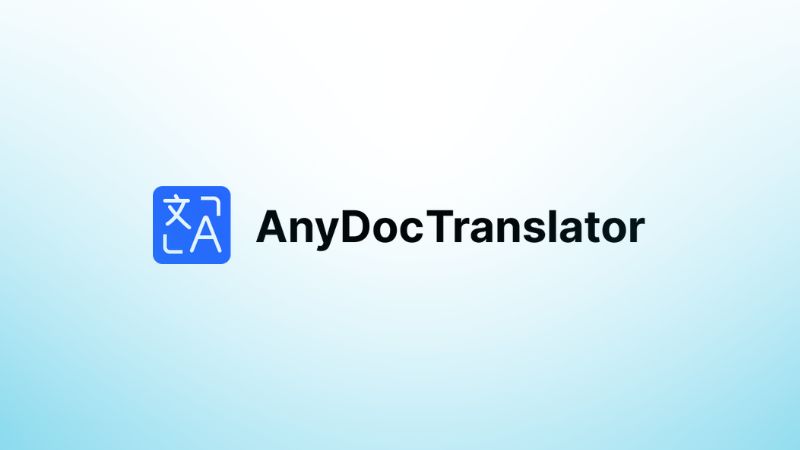
Features
Accurate OCR engine: Often matches or exceeds Google Translate in text recognition.
Formatting preservation: Keeps layouts, fonts, and spacing intact better than most free tools.
Batch processing: Translate multiple images or documents in one go.
Multi-language support: Handles a wide range of languages with context-aware accuracy.
With these features in mind, getting started with AnyDoc Translator is easy. The setup is quick, and once you know where everything is, you can move from uploading an image to getting a polished translation in just a few steps.
Step 1: Go to the AnyDoc Translator website and choose the “Translator”tab at the top.
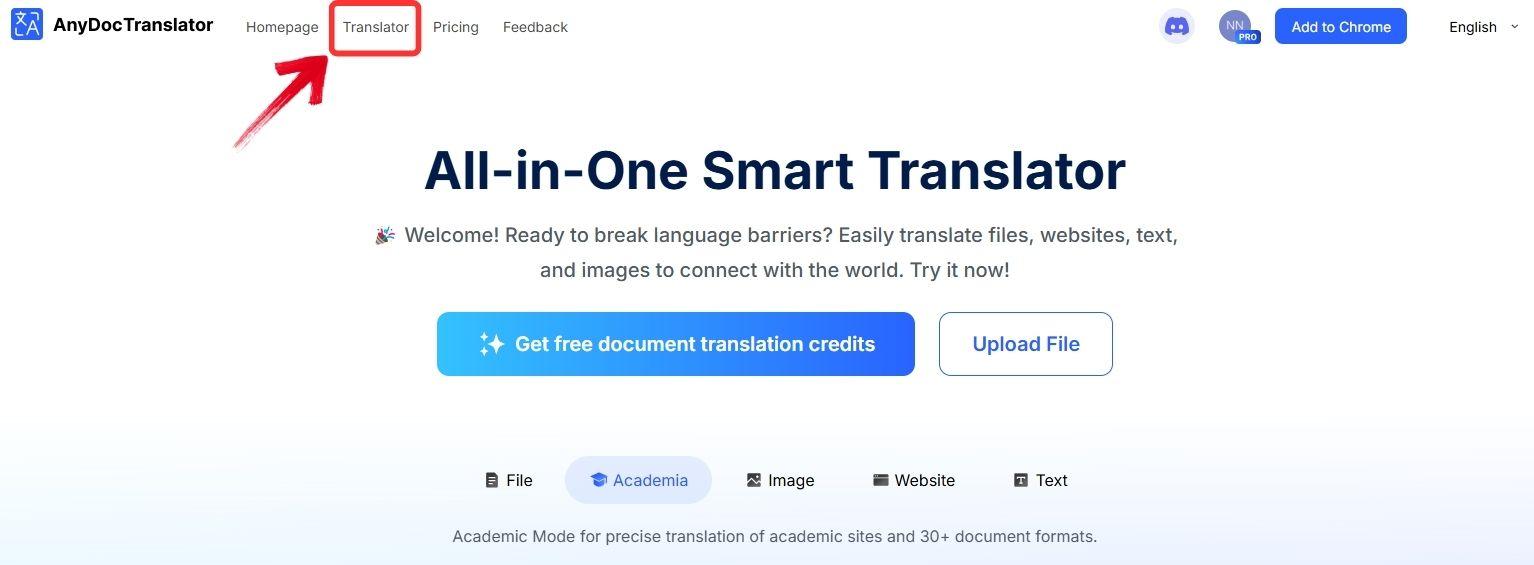
Step 2: Once you’ve chosen the“Translator” mode, select the“Translate Image” tab.
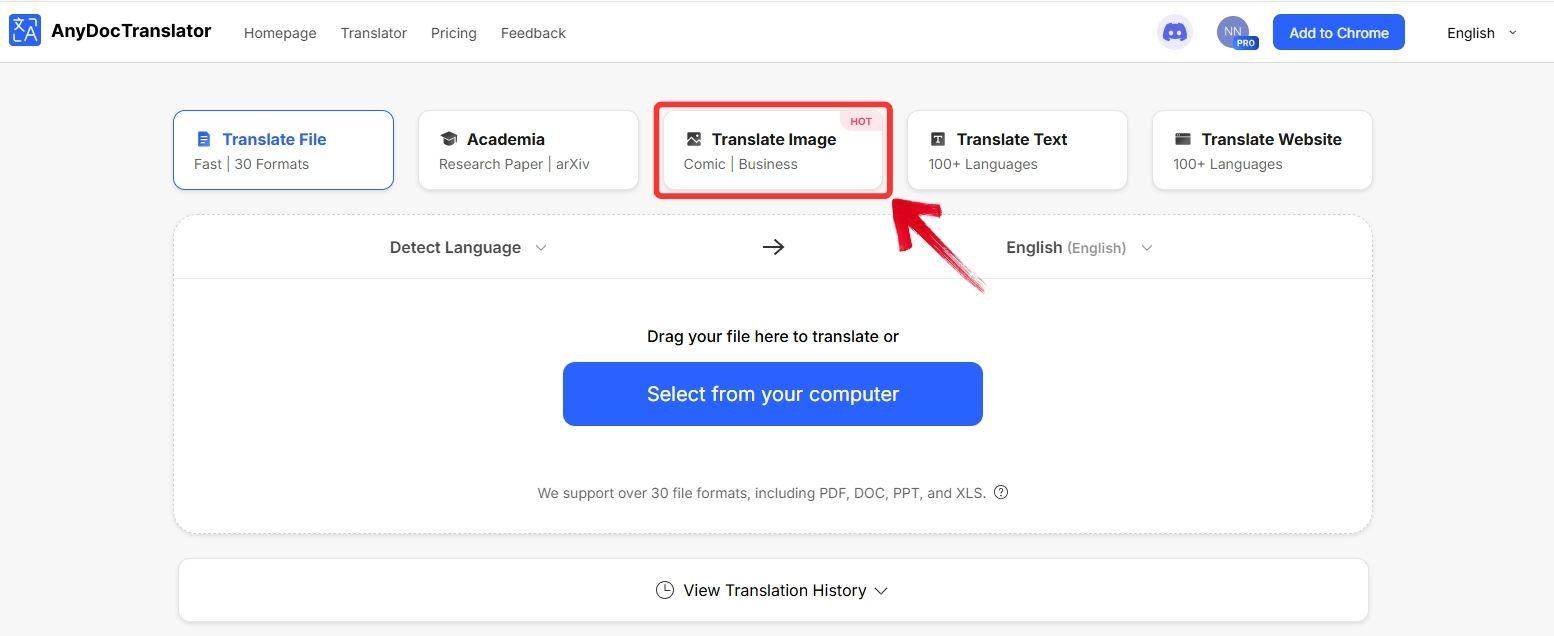
Step 3: Click the “Select from your computer” button to upload the image you want to translate.
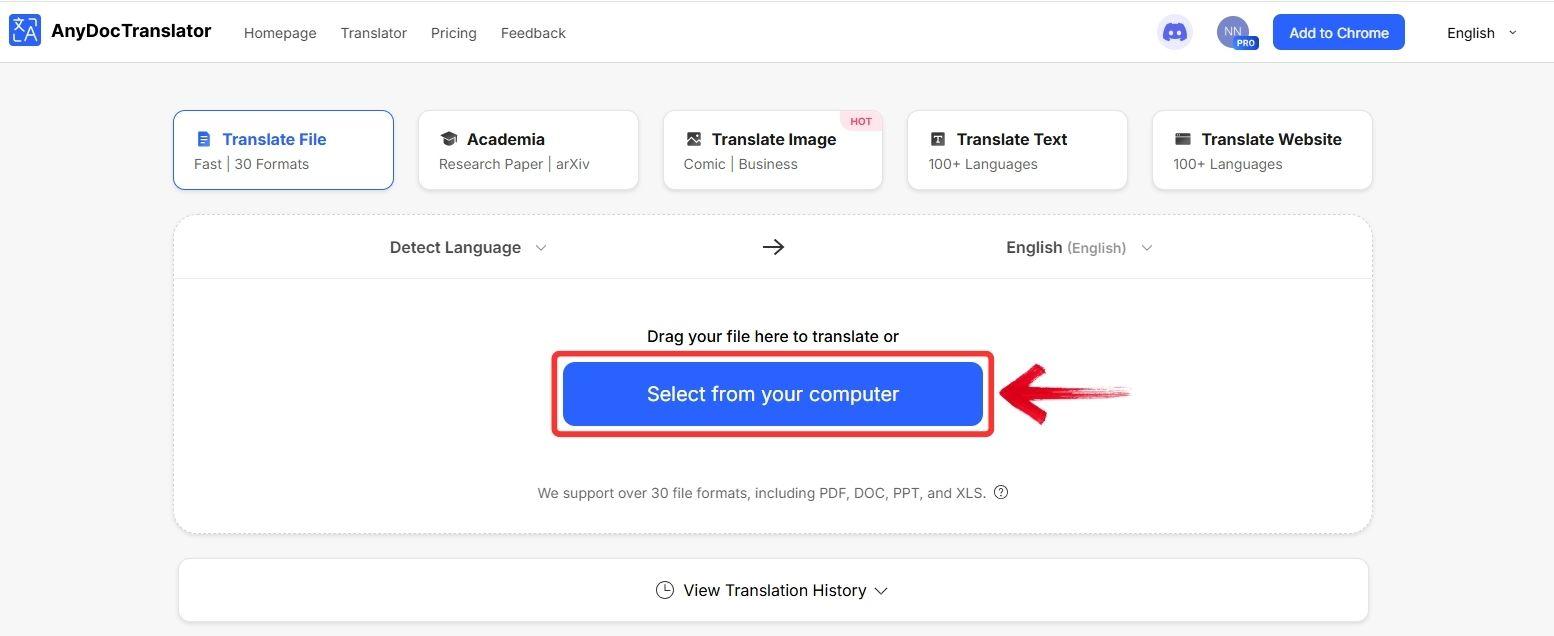
Step 4: Once the translation is complete, you’ll see a preview of your image with the translated text. You can also change the source or target language using the dropdown menu.
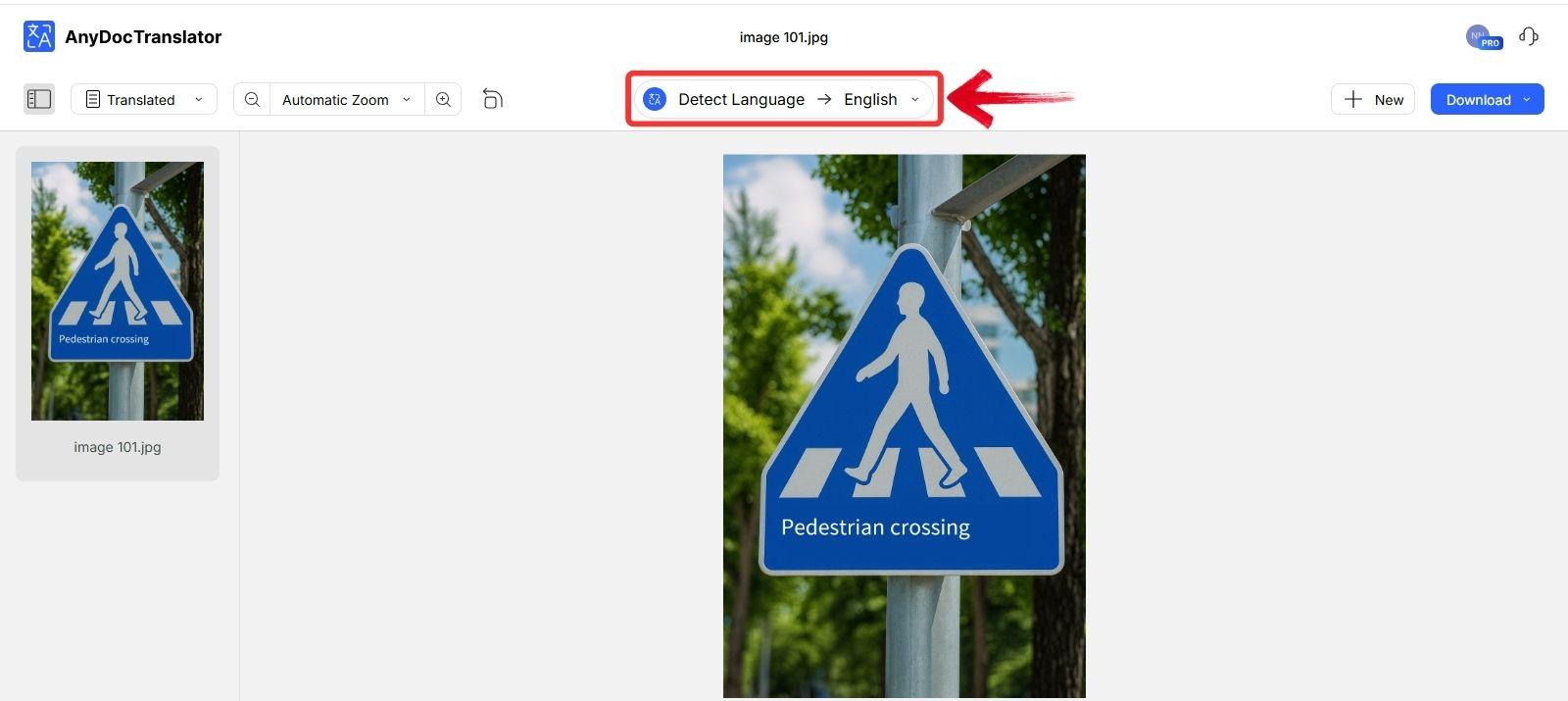
Step 5: To copy the translated text, click on the translated area within the image. A “Copy” option will appear, click it to copy the text to your clipboard.
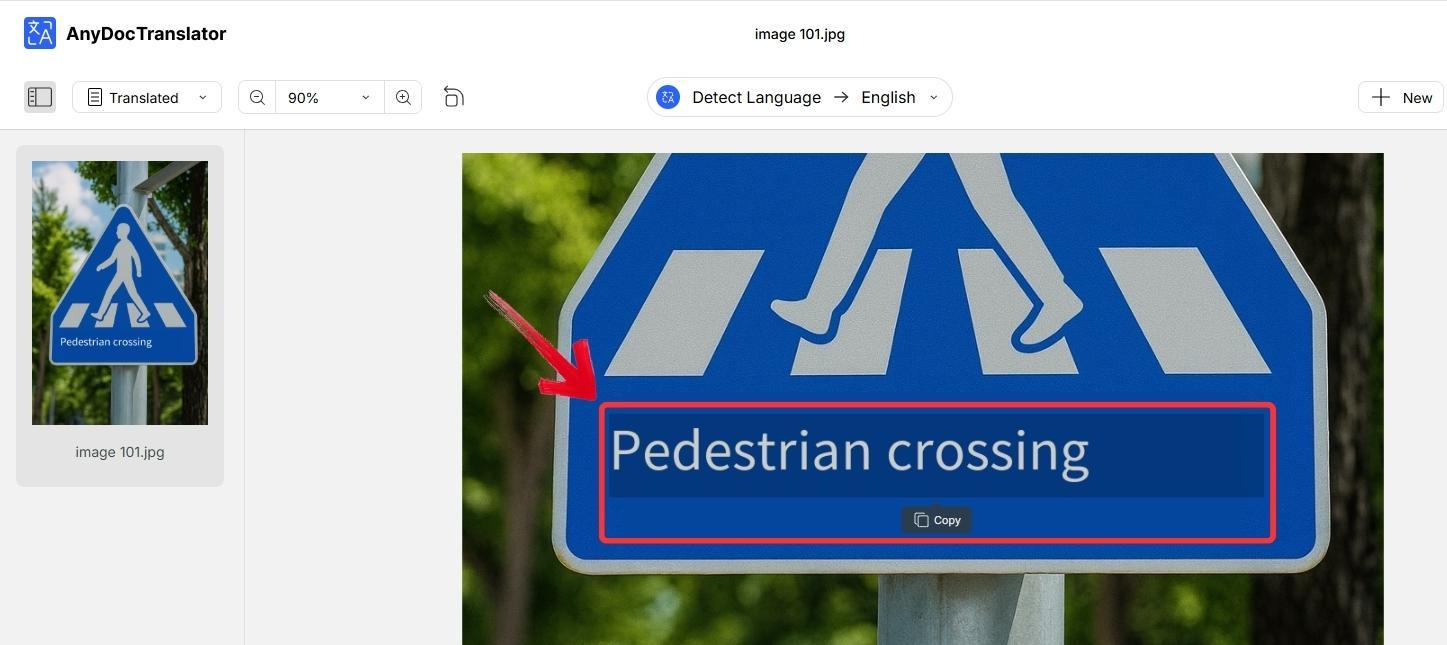
Step 6: To save the results, click the“Download” button. You can choose to download the image with the translated text or just the translated text as a .TXT file.
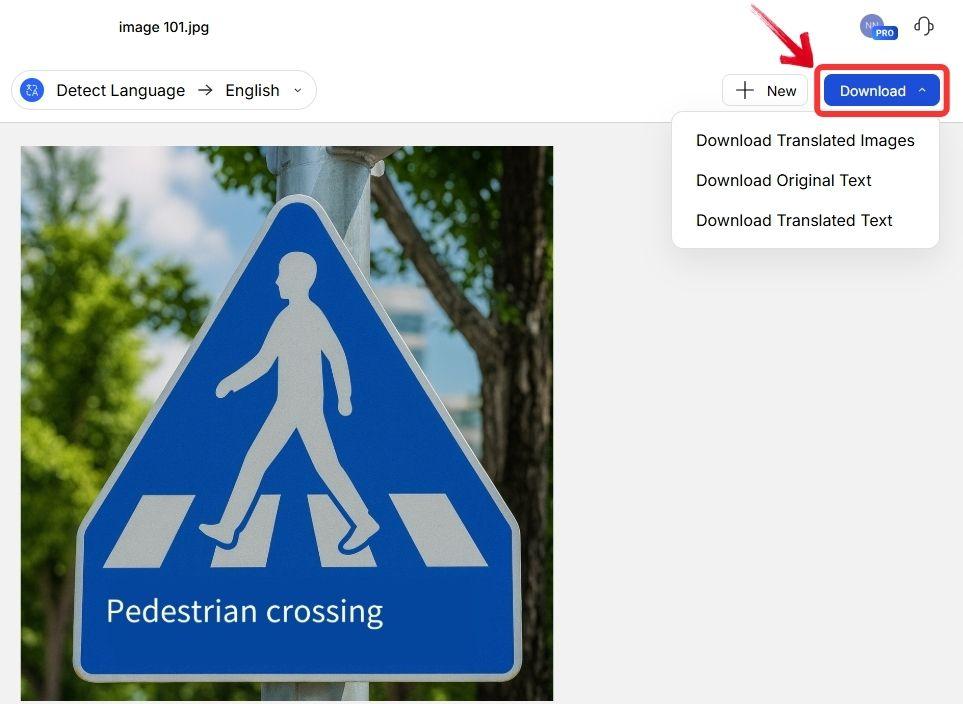
Yandex Translate
Yandex Translate is widely known for handling Slavic and Asian languages with greater accuracy than Google Translate in certain contexts. It’s also one of the best free tools for image translation if you’re dealing with less common languages.
While it doesn’t always get the spotlight, I’ve found it to be more specialized than broader apps, particularly with longer or more technical text. It’s not my go-to every day, but whenever I’ve needed translations for Russian or Kazakh content, Yandex has consistently delivered.
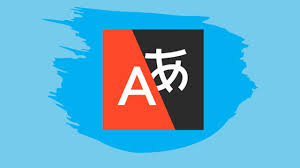
Features
Language specialization: Strong accuracy for Russian, Ukrainian, and other regional languages.
Dual translation modes: Supports both image uploads and full-page website translation.
User-friendly design: Clean and simple interface that delivers quick results.
Cross-platform availability: Works smoothly on web, mobile, and browser extensions.
Now that you’ve got an idea of what makes Yandex Translate stand out, let’s see how you can actually use it for image translation.
Step 1: Go to the Yandex Translate website and choose the yellow “Select” button on the right-hand side to select your photo.
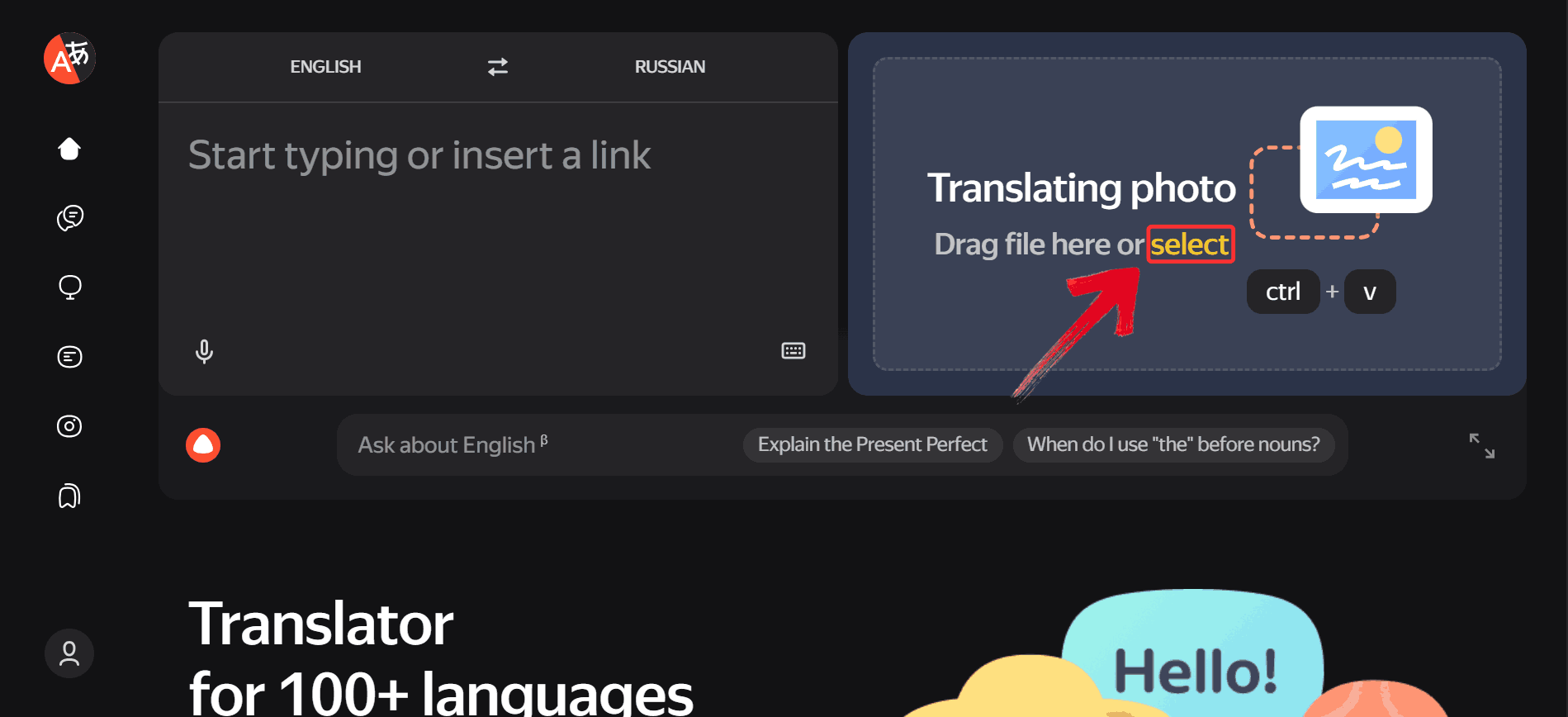
Step 2: Click the language written after the first language as this is where you select the language you want to translate to.
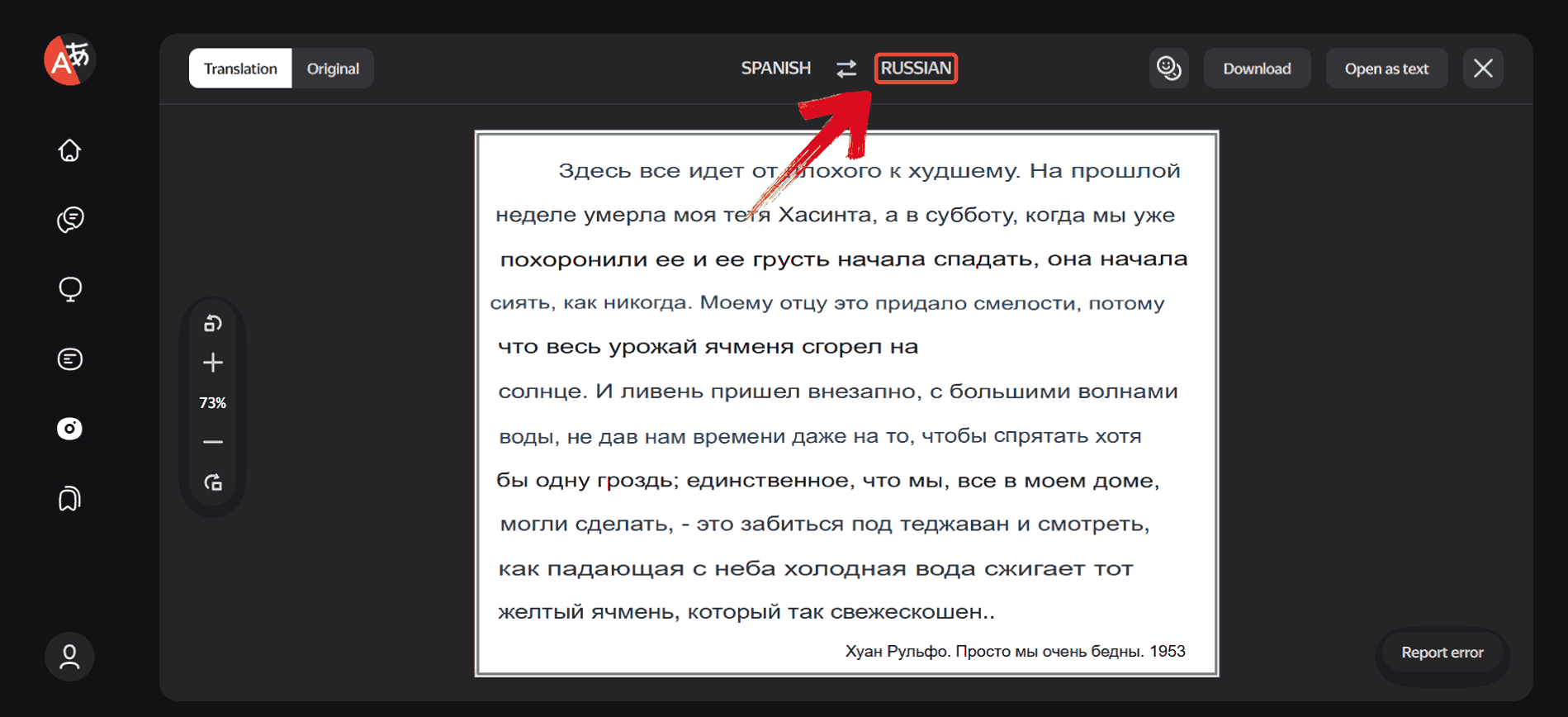
Step 3: From the huge list of available languages, select the target language you want the image translated into, such as“English”.
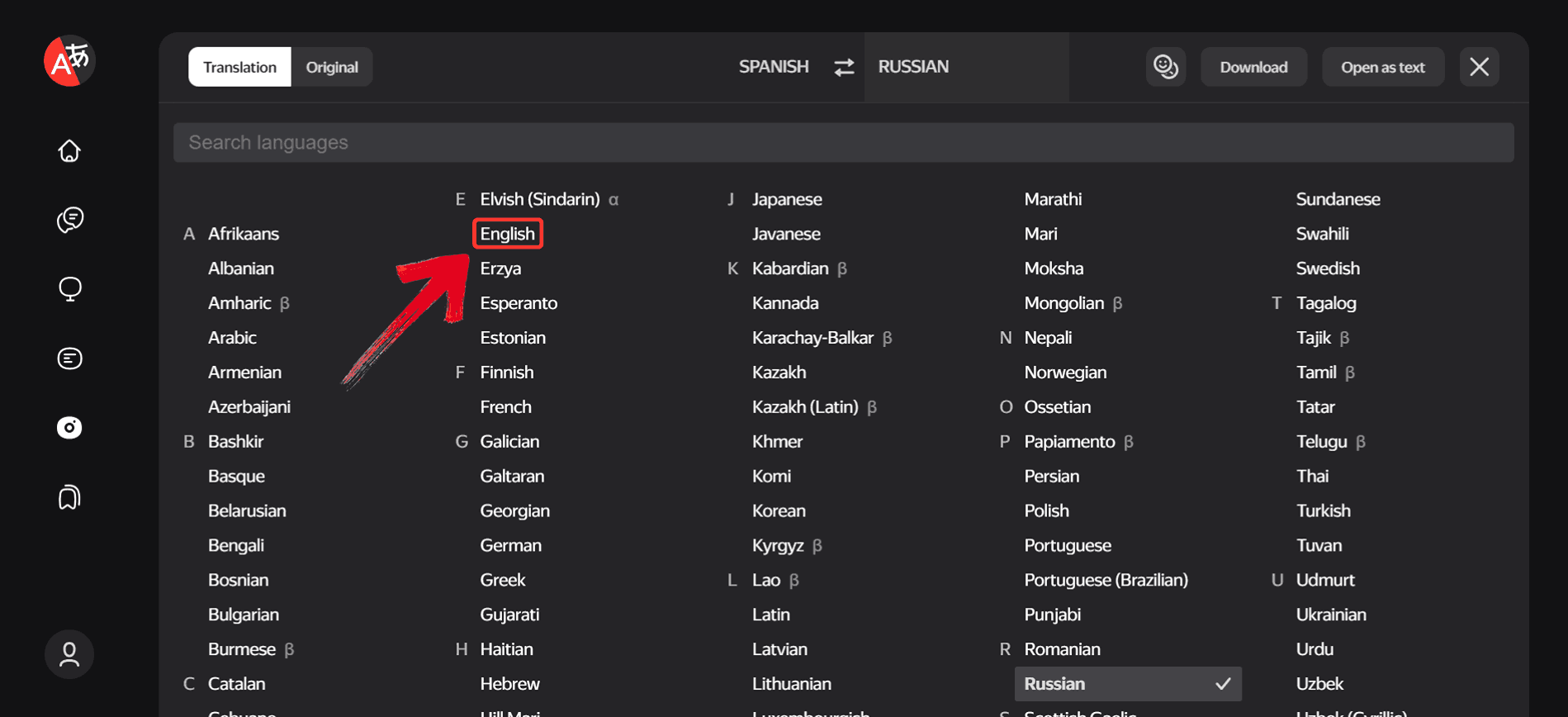
Step 4: Yandex will automatically translate the text in your image. Once the translation is complete, click“Download” to save it.
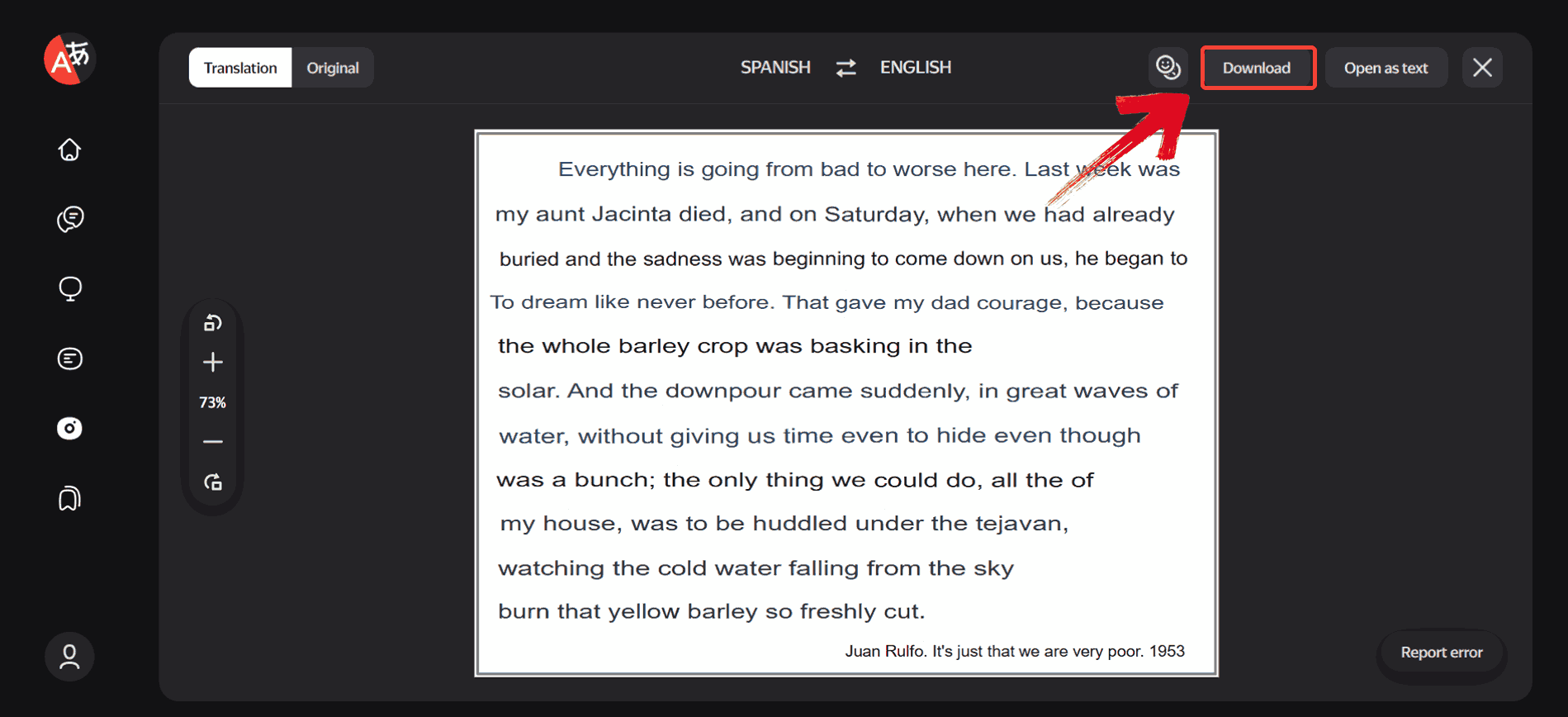
OpenL Translate
OpenL Translate is a newer but rapidly growing competitor. It combines AI-based translation with a clean design, making it a great substitute if you’re looking for something new and fresh. In my experience, it differentiates itself by the nature of its output, especially with Western European languages like French, German, or Italian. It’s true that it may not have the same reach as Google Translate in terms of supported languages but it tries to make up for it with AI models that focus on fluency and context.
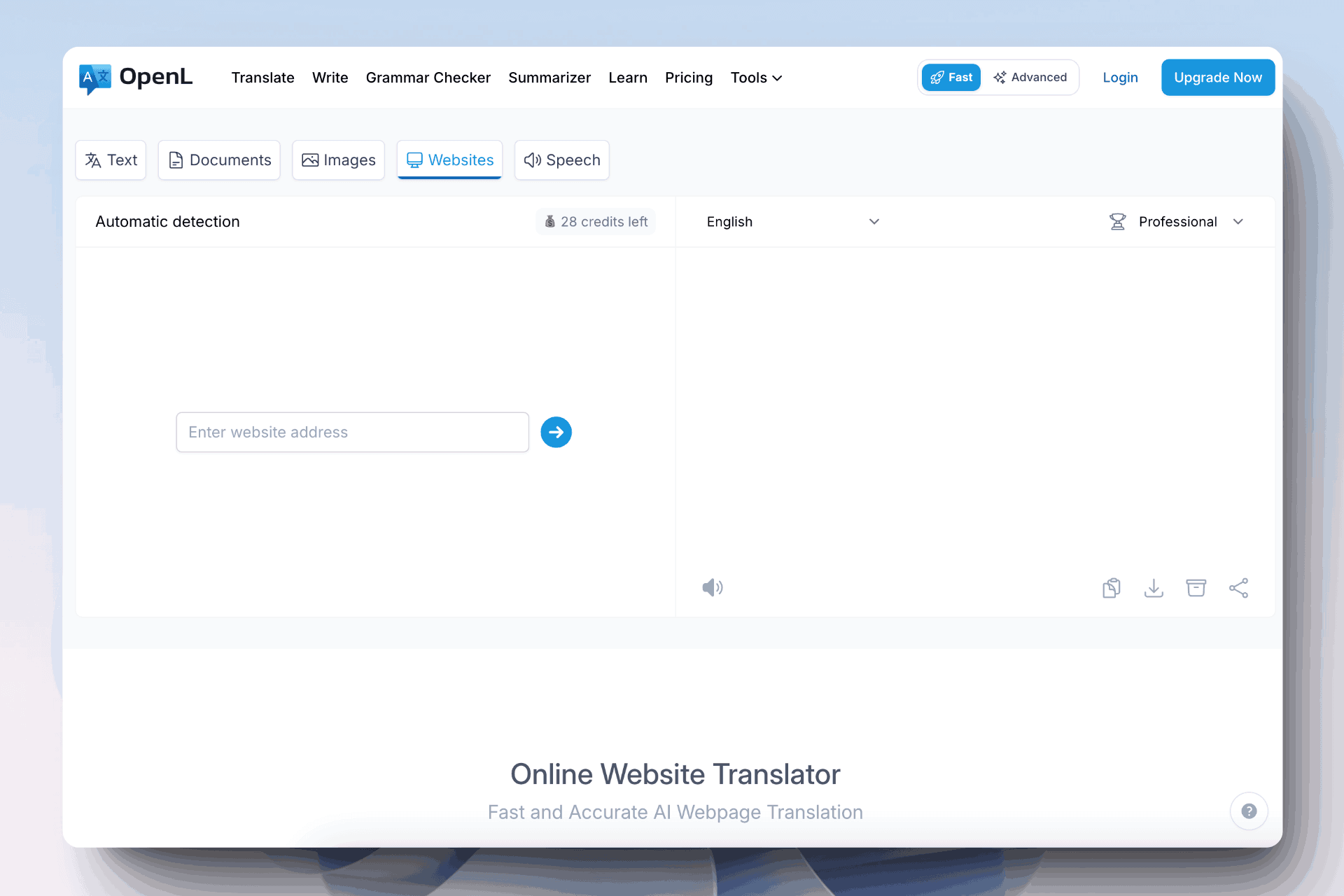
Features:
Context-aware translations: Produces output that feels more natural than literal.
Strong for European languages: Especially effective with French, German, Spanish, and Italian.
Natural language output: Uses AI models designed for context, so translations feel less mechanical and more human-like.
AI-powered precision: Focuses on capturing tone and readability, not just word-for-word meaning.
With its focus on fluency and readability, OpenL Translate is one of the easiest tools to try if you’re after translations that feel polished. Let’s look at how you can use it to translate images step by step.
Step 1: Go to the OpenL Translate website and click on“Images” to access the image translation feature.
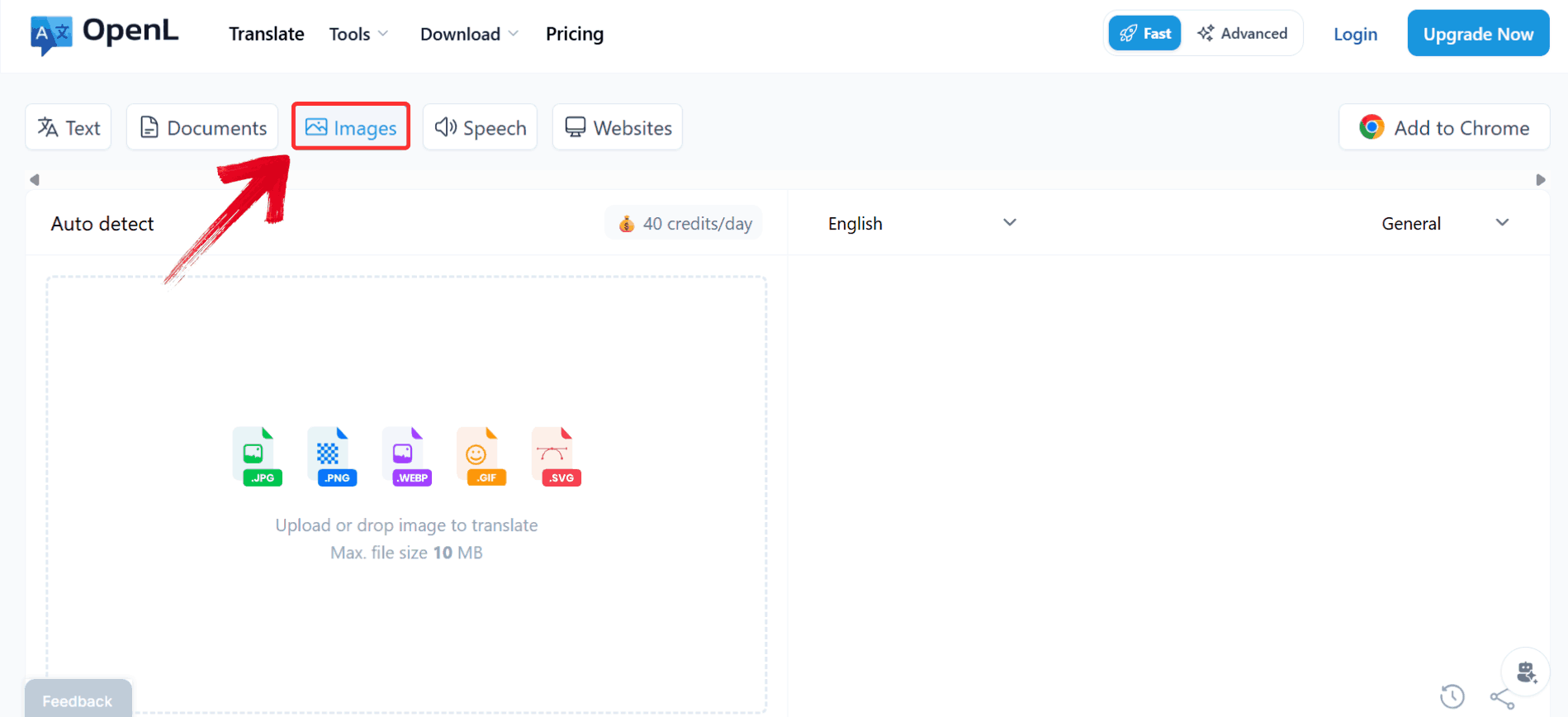
Step 2: Click the “Upload or drop image to translate” button on the left-hand side to upload the photo you want to translate.
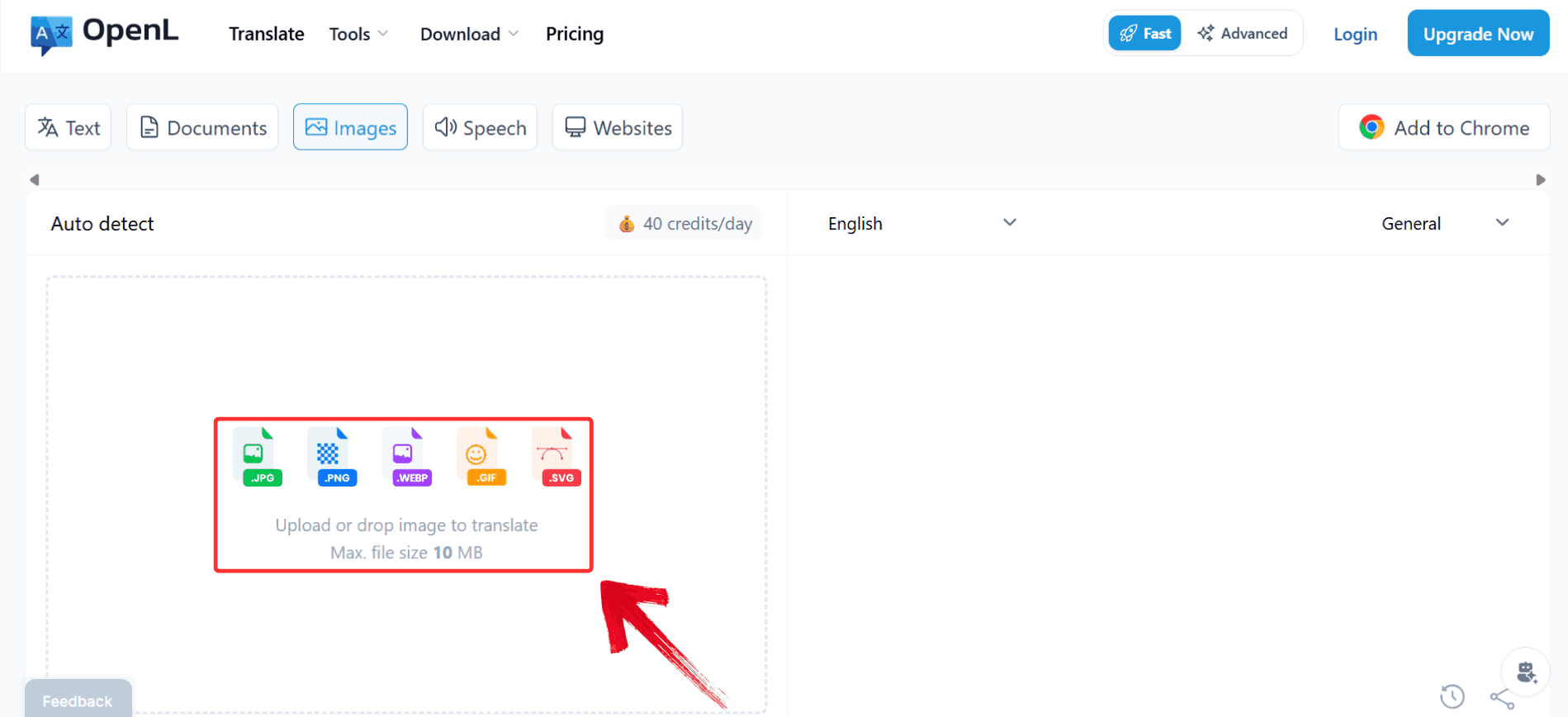
Step 3: Select the target language you want the image to be translated into which is currently“English”.
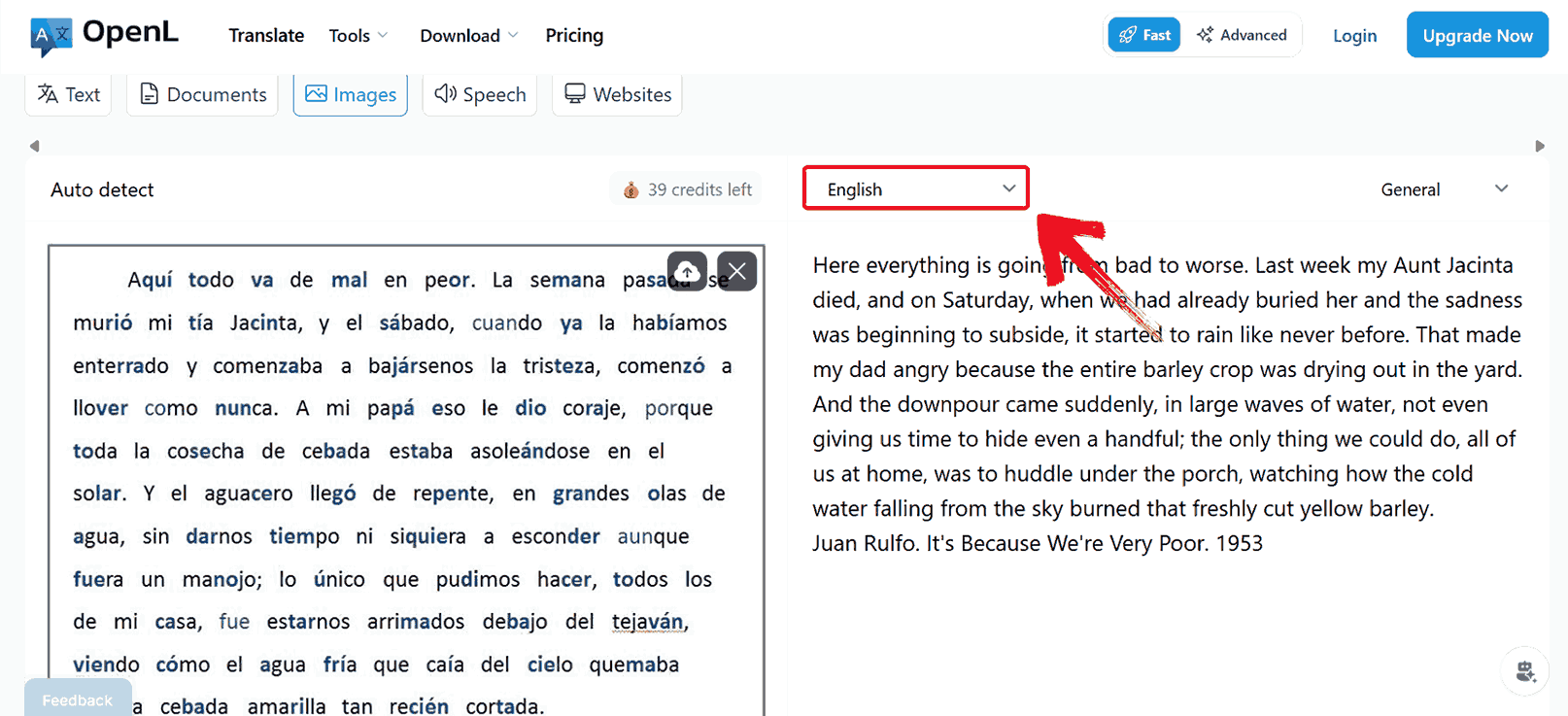
Step 4: Choose your desired language from the list of available options such as “French”.
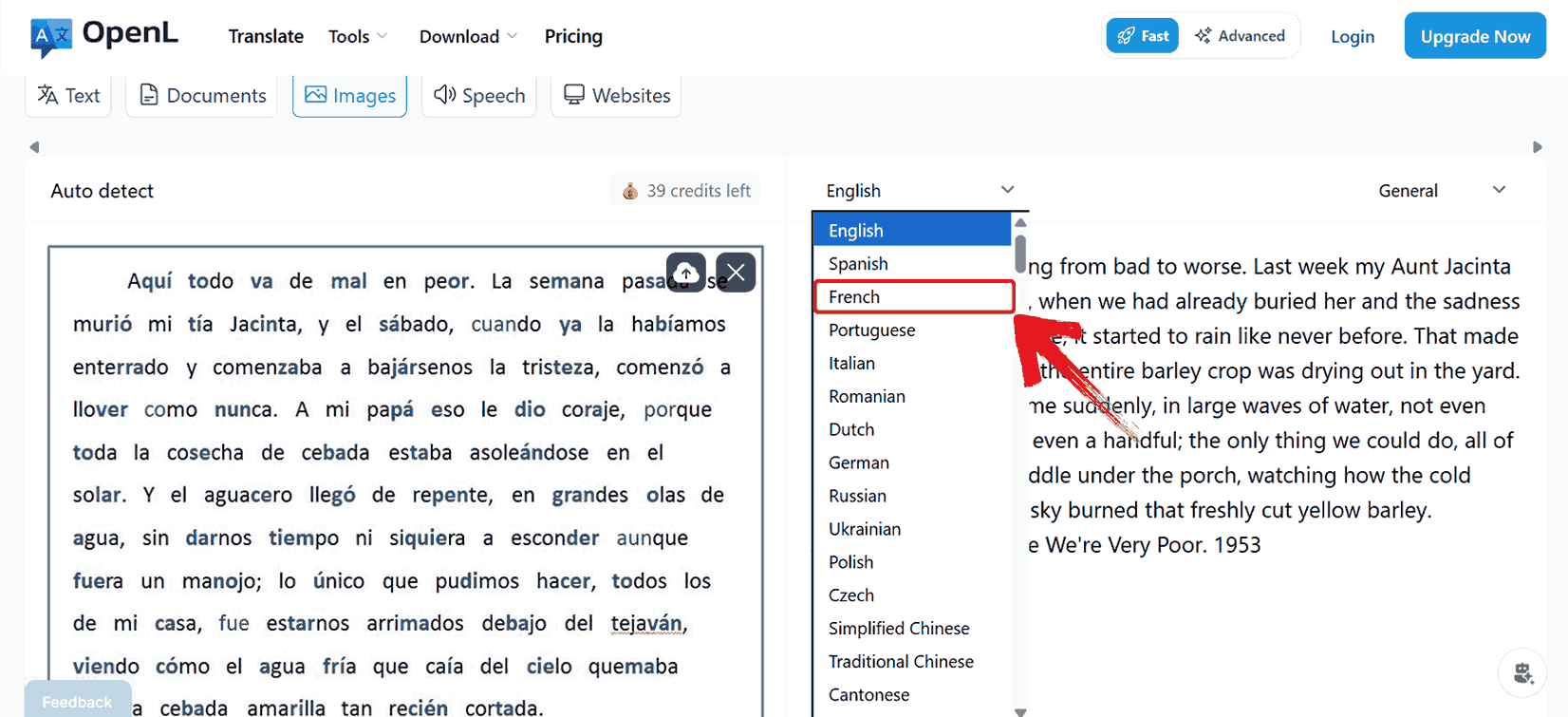
Step 5: Once the translation is generated, select all the translated text and press “Ctrl + C” to copy it for use.
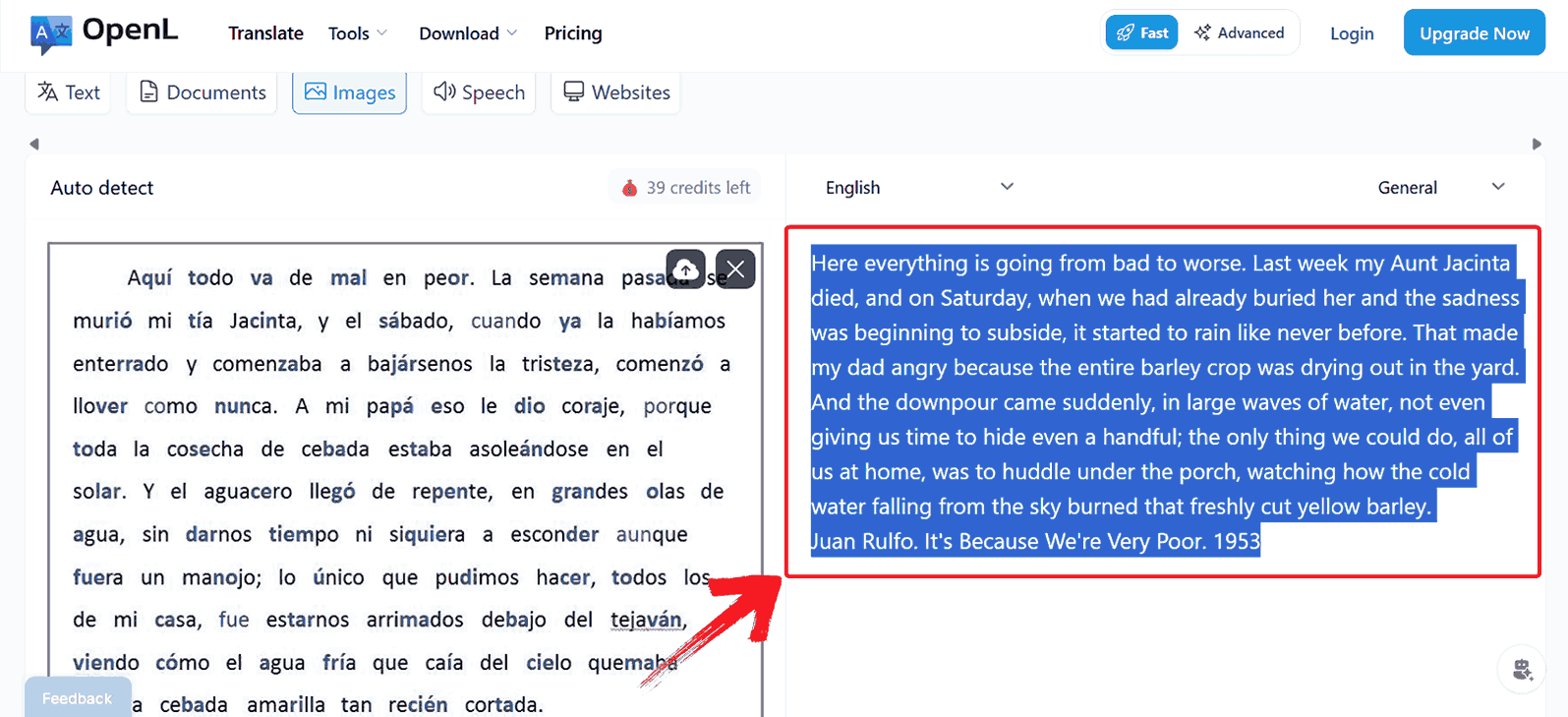
Comparison Table Image Translation
I’ve been using these tools for many years and it’s not always easy to remember which one excels where. For instance, I often keep going back and forth between Google Translate for quick snapshots and AnyDoc when I need formatting to stay intact. Yandex turns out to be helpful when I’m working with Slavic texts, and OpenL feels smoother for European languages. To make this clearer, I’ve put together a simple comparison table that lays out the strengths and limitations of each tool so you can decide at a glance which one fits your situation best.
| Tool | Strengths | Weaknesses | Best For |
|---|---|---|---|
| Google Translate | Free, widely available, 100+ languages, offline support | Formatting issues, variable accuracy | Everyday use and travel |
| AnyDoc Translator | Preserves formatting, batch processing, strong OCR | Limited free access | Documents and PDFs |
| Yandex Translate | Strong with Slavic/Asian languages, quick online tool | Interface less polished | Regional languages |
| OpenL Translate | Natural phrasing, modern AI, easy uploads | Limited language support compared to Google | Western European languages |
People who are seeking the best free tool to translate images online Google Translate may find it sufficient for quick and straightforward tasks. However, when I’ve needed translations that maintain accuracy and preserve formatting, AnyDoc has quietly proven to be more dependable. It delivers output that’s immediately usable, saving time and effort. That balance between speed and reliability is why I tend to go back to it more often than the others.
FAQs
1. Is Google Translate the best free tool to translate images online?
Yes, for general use. It’s free, fast, and supports most languages. However, tools like Yandex or AnyDoc may outperform it in niche cases.
2. Can I translate pictures to English using Yandex instead of Google?
Absolutely. Yandex is especially strong in Russian and related languages, so if that’s your focus, it may even give more accurate results than Google.
3. Do these tools keep my data safe?
Google, Yandex, and OpenL use cloud processing, so always be cautious when uploading sensitive documents. AnyDoc Translator often emphasizes formatting and privacy but always double-checks their terms.
4. Can I use Google Translate offline for images?
Yes, once you download specific language packs, you can use the camera translation offline, though accuracy may slightly drop compared to the online version.
SnapShot with AnyDoc
In today’s age, if someone is typing out text from photos or scanned files, they’re probably stuck in the stone age because you can translate photo with Google Translate in seconds, whether it’s a street sign, a screenshot, or a full document. Google’s ease of use and wide language coverage make it the default choice for most people.
Still, alternatives like AnyDoc Translator shine when formatting and document accuracy matter, making it valuable for scanned files or academic documents. Yandex remains strong for Slavic and Asian languages, while OpenL offers AI-powered translations that feel more natural in Western European texts. Each tool has its place, but if you’re looking for something beyond casual use, AnyDoc delivers consistency and precision that stand out.

